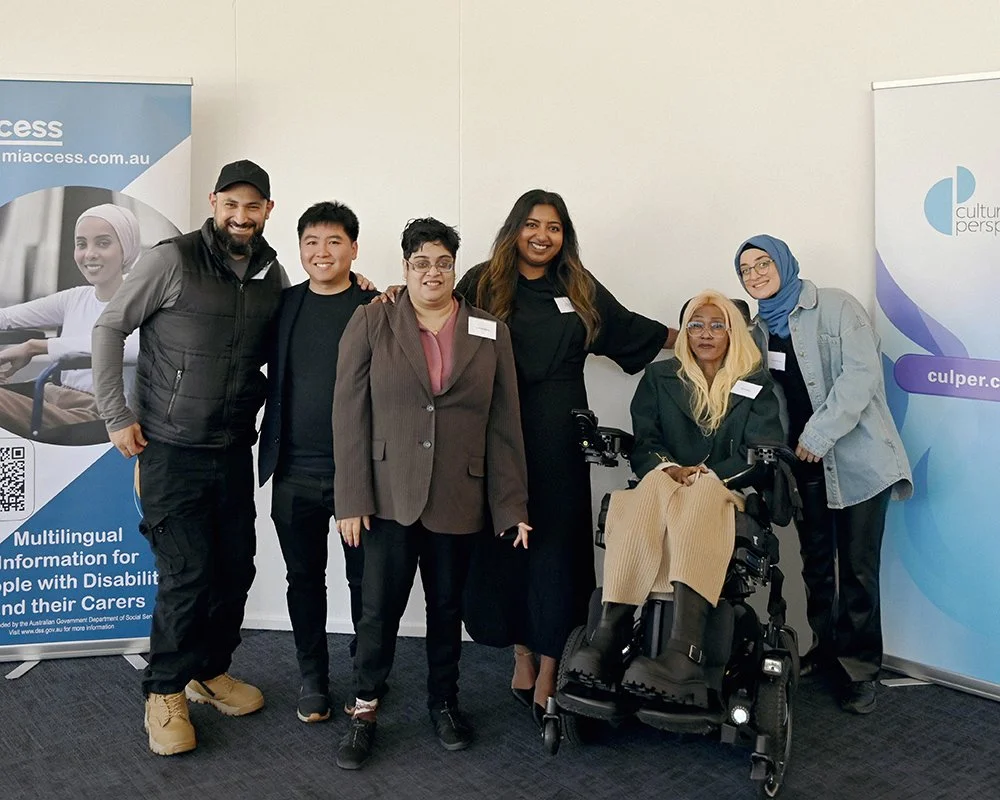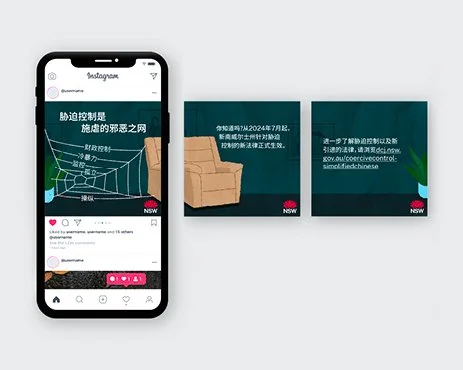MiAccess case study
Client:
Department of Health, Disability and Ageing
Project:
National Culturally and Linguistically Diverse (CALD) Information Program
Industry/sector:
Health
Contract period (start/end date)
October 2019 - June 2026
Services:
Communication strategies, Translations, Community engagement, and Resource development
Project background and objectives
Business challenge
The purpose of the program is to address challenges in CALD communities of access to information about disability and the NDIS in-language, and to improve understanding within CALD communities about the NDIS and its supports.
Project objectives
To increase the number of people on the NDIS from CALD backgrounds.
Target audience
People with disability from CALD backgrounds, their carers and family.
Languages and communities covered
56 languages
Outcomes
Key outcomes
Design and delivery of an in-language, accessible website available in 16 languages.
Translation and design of over 350 resources in 25 languages.
Sourcing and hosting of translated resources in 56 languages.
Development of five unique virtual reality experiences featuring families with lived experience of disability/use of the NDIS.
Identification, coordination and placement of culturally competence service provider search portal.
Delivery of 12 national conferences and expos.
Cultural Perspectives worked with Diversity and Disability Alliance (DDA) to inform the design and production of multilingual videos on the Social Model of Disability.
The video series featured CALD community members with lived experience of disability who spoke to the importance of the Social Model of Disability and their own experiences in their language.
Recruitment, liaison and production of photoshoots with families/community members with lived experience of disability to create multipurpose inclusive photo library for public use.





